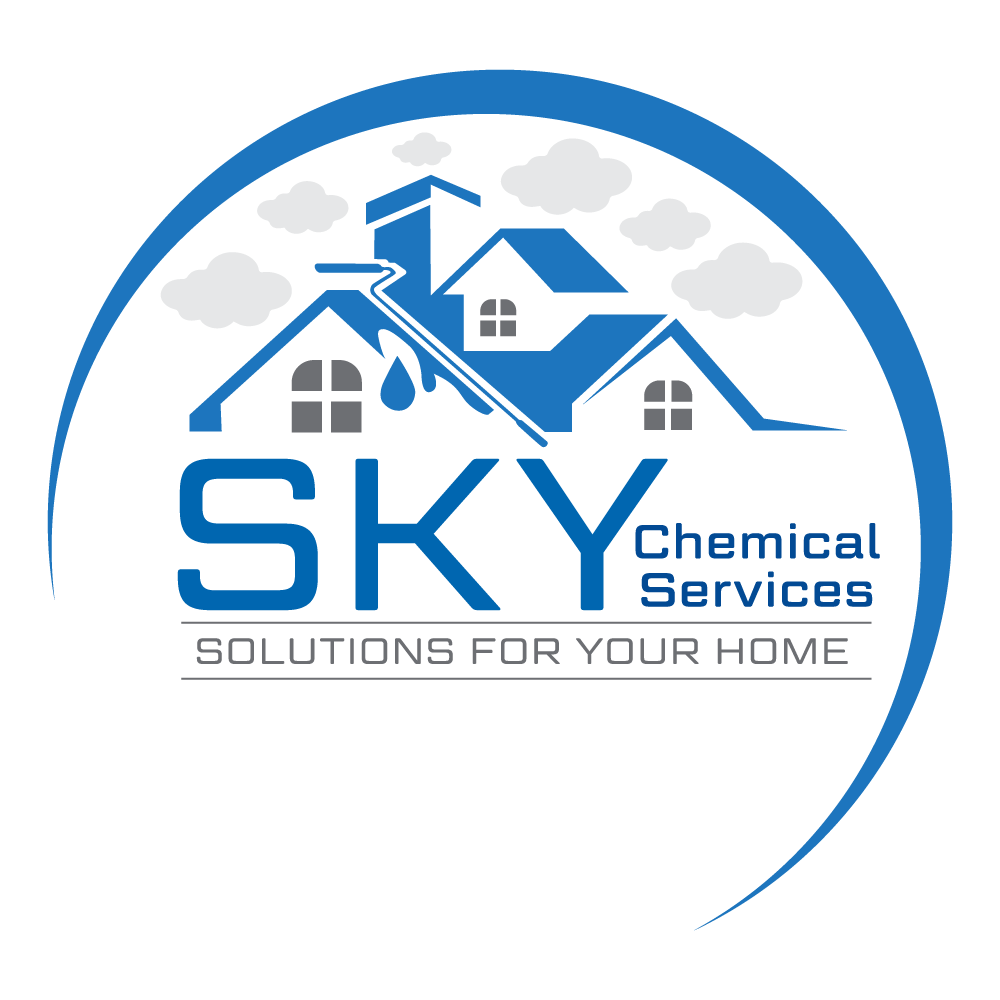When it comes to maintaining a comfortable and energy-efficient home, one often overlooked but crucial component is the roof. A heat-proof roof can make a significant difference in your home’s overall performance, especially in regions with extreme temperatures. But what exactly is a heat-proof roof, and how can it benefit you? Let’s dive into the details.
What is a Heat-Proof Roof?
A heat-proofs roof, often referred to as a cool or reflective roof, is designed to reflect more sunlight and absorb less heat than standard roofing materials. This type of roofing usually involves materials or coatings that have high solar reflectance and thermal emittance. By minimizing the amount of heat that enters your home, a heat-proof roof helps in maintaining a cooler indoor environment.
Benefits of a Heat Proof Roof
1. Improved Indoor Comfort
The primary advantage of a heat-proof roof is enhanced comfort. Traditional roofing materials absorb and retain heat, which can make your home uncomfortably warm, especially during the summer months. A heat-proof roof, however, reflects a significant portion of the sun’s rays, keeping your home cooler. This can lead to a more comfortable living environment and reduce the need for constant air conditioning.
2. Energy Efficiency
By reflecting sunlight and reducing heat absorption, heat-proof roofs contribute to lower indoor temperatures. This, in turn, can significantly decrease your reliance on air conditioning systems. Lower energy consumption means reduced utility bills, making your home more energy-efficient. Over time, the savings on energy costs can offset the initial investment in a heat-proof roofing system.
3. Extended Roof Life
Heat-proof roofing materials are often designed to be more durable and resistant to the elements. By reducing the amount of heat absorbed and preventing thermal stress, these roofs can experience less wear and tear over time. This can extend the lifespan of your roof, saving you money on repairs and replacements in the long run.
4. Environmental Impact
Choosing a heat-proof roof can also be beneficial for the environment. Reduced energy consumption translates to lower greenhouse gas emissions, contributing to a decrease in your home’s carbon footprint. Additionally, some heat-proof roofing materials are made from recycled or eco-friendly materials, further enhancing their environmental benefits.
5. Increased Property Value
A heat-proof roof can also add value to your property. Homebuyers are increasingly looking for energy-efficient features, and a heat-proof roof is an attractive option. It not only improves comfort and reduces energy bills but also demonstrates a commitment to sustainability, which can be a significant selling point.
Types of Heat-Proof Roofing Materials
Several materials and coatings can be used to achieve a heat-proof effect. Here are a few popular options:
- Reflective Coatings: These are applied to existing roofs to increase their reflectivity. They are often made from materials like acrylic or silicone and can be a cost-effective solution for improving a roof’s heat resistance.
- Cool Roof Tiles: Made from materials like clay or concrete, these tiles are designed to reflect more sunlight and absorb less heat compared to traditional roofing materials.
- Metal Roofing: Metal roofs, especially those with reflective finishes, are known for their heat-proof properties. They are durable and can effectively reduce heat absorption.
- Green Roofs: Also known as living roofs, these are covered with vegetation. They provide excellent insulation and help in regulating temperature by cooling the air through evapotranspiration.
Conclusion
Investing in a heat-proofs roof can offer numerous benefits, from improved indoor comfort and energy efficiency to environmental advantages and increased property value. By reflecting more sunlight and reducing heat absorption, heat-proof roofs help create a more comfortable living environment while also contributing to long-term savings and sustainability. If you’re considering upgrading your roofing system, a heat-proof option is certainly worth exploring.
